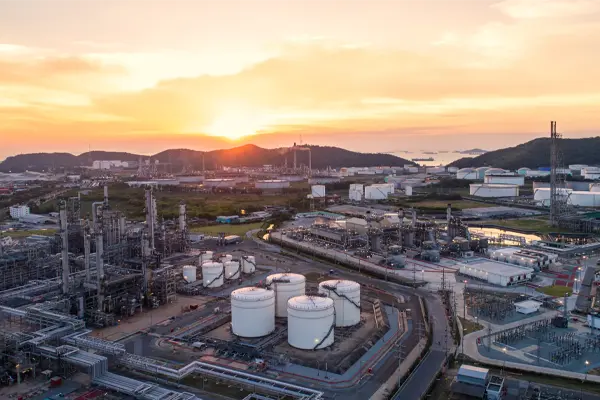
The future of oil and gas transportation and logistics
The transportation and logistics of oil and gas are vital components of the global energy supply chain, ensuring that resources reach consumers efficiently and safely. As the world’s demand for energy continues to rise and environmental concerns grow, the future of oil and gas transportation is evolving. New technologies, regulatory frameworks, and sustainability initiatives are shaping the industry’s direction, making it more efficient, secure, and environmentally conscious.
One of the most significant trends in oil and gas transportation is the development of more advanced pipeline systems. Pipelines are the most common method of transporting oil and gas over land, but as demand increases, older infrastructure must be upgraded. Innovations in pipeline technology, such as smart pipelines equipped with sensors and monitoring systems, are helping to detect leaks, monitor pressure levels, and prevent accidents before they occur. These improvements are not only increasing the safety of transportation but also minimizing the environmental risks associated with pipeline failure.
Another key aspect of the future of oil and gas logistics is the role of digitalization and automation. The use of big data, artificial intelligence (AI), and Internet of Things (IoT) technologies are revolutionizing the way oil and gas logistics are managed. Real-time tracking systems and predictive analytics are helping companies optimize delivery routes, predict supply chain disruptions, and enhance inventory management. Drones and autonomous vehicles are also being tested to deliver supplies to remote locations, reducing human exposure to potential hazards and lowering operational costs.
While pipelines dominate land-based transportation, the maritime industry remains crucial for the global distribution of oil and gas. With the growing focus on sustainability, the shipping industry is under increasing pressure to reduce its carbon footprint. The development of greener alternatives, such as LNG-powered ships, is gaining momentum. These vessels use liquefied natural gas as fuel, significantly reducing emissions compared to traditional oil tankers. Furthermore, innovations like carbon capture technology are being tested on ships to capture and store greenhouse gases emitted during transportation.
Rail transport also plays a significant role, particularly in regions where pipelines are not feasible or cost-effective. Rail offers flexibility and speed, allowing oil and gas to reach markets quickly. In the future, advances in rail infrastructure, such as the use of more efficient and safer tank cars, are expected to increase the reliability and environmental performance of this transportation method.
Despite the progress in technology, the transportation of oil and gas will still face challenges. Geopolitical tensions, fluctuating commodity prices, and regulatory changes will continue to influence the logistics sector. For instance, tightening environmental regulations may require companies to invest in cleaner technologies and adapt to stricter standards, while fluctuating oil prices can impact the profitability and viability of certain transportation routes.
In conclusion, the future of oil and gas transportation and logistics will be defined by technological innovation, sustainability, and enhanced safety measures. As the industry adapts to new demands and regulations, transportation methods will become more efficient and environmentally friendly, ensuring that the world’s energy needs can be met while minimizing the environmental impact. The path forward will require collaboration, investment, and a commitment to innovation to keep pace with the evolving energy landscape.
Subscribe